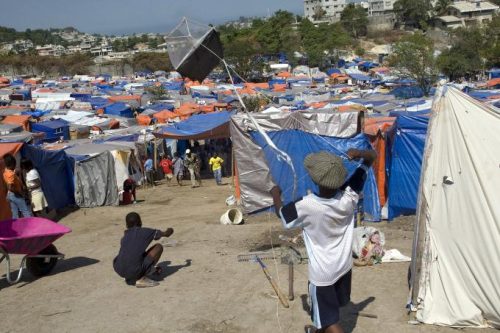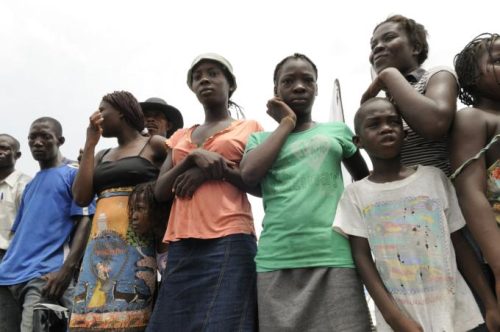Between Environmental Catastrophes and Poverty.

The year 2017 saw the end of the MINUSTAH special mission made up of around 7,000 soldiers belonging to an international force provided by 19 states most of them Latin American.
In addition to the failure to obtain the results it should have achieved, it was tainted by serious scandals linked to episodes of sexual violence and a cholera epidemic, attributable to the Nepalese contingent, which devastated the country already affected by the 2010 earthquake whose very strong earthquake of magnitude 7.0 – with an epicentre located about 25 km south-west of the capital – caused approximately 222,517 victims and left 2.3 million people homeless and housed in tent cities or other makeshift homes. According to experts, the earthquake, which was quite atypical in nature, appears to have been caused by a vertical shift of the tectonic plates along a hitherto unknown fault. This atypicality, also revealed by the fact that earthquakes in the region are the result of horizontal displacements of the plates, has led scholars from the University of Miami to suppose that the earthquake could have been triggered by a series of geological phenomena that affected the area, including the deforestation of the mountains west of the capital Port Au Prince and the hurricanes that hit the region in 2008. In the opinion of experts, in fact, the heavy rains would have accelerated the process of soil erosion facilitated by deforestation with the consequence that the eroded mass, from the mountains towards the epicentre, could have created pressure on the earth’s crust such as to generate vertical sliding.

The 2010 earthquake caused approximately 222,517 victims and left 2.3 million people homeless and housed in tent cities or other makeshift homes. File swm
But in addition to the terrible earthquake of 2010, what made the conditions of the local population even more terrifying and precarious was the impact of Hurricane Matthew which in 2016 overwhelmed the country with unprecedented violence and gusts of wind of up to 200 kilometres per hour, causing the deaths of hundreds of people and the loss of thousands of homes. Subsequently, in 2021, a new earthquake caused the death of a further 2,247 people, facilitating the return of cholera and the new food crisis which still dramatically affects the population today. In fact, according to the results of an estimate produced by the IPC (Integrated Food Security Phase Classification), the problem has reached exorbitant and unmanageable peaks with almost five million people – about half the country’s population – barely managing to feed themselves. However, it should be clarified that the food crisis is not a contingent situation, but has a substantially structural nature and is caused by countless factors including food aid programs and land grabbing which, over the years, by flooding the country with food produced by agribusiness companies and by grabbing the lands of small farmers, not only have they not solved the problem but have, on the other hand, weakened local agriculture and changed the eating habits of the inhabitants.

Poverty affects as many as 80% of the population. 123rf
Among the areas most affected by the food famine are the Artibonite valley – the breadbasket of the country – where armed groups have taken control of agricultural land and stolen crops, the rural areas of Grand’Anse in the south and several poor neighbourhoods of the capital, including Croix des Bouquets and Cité Soleil, which saw pockets of catastrophic hunger in late 2022.
Closely connected to the issue of hunger is poverty, which affects as many as 80% of the population, and the difficulty in accessing water due to the absence of structures capable of managing the resource, with the immediate consequence of the proliferation of pathologies. resulting from these critical issues (in fact, some data show that 90% of Haitian children suffer from water-borne diseases and intestinal infections). Then there is the problem of AIDS, respiratory infections, meningitis, typhoid and the lack of health infrastructure. Furthermore, 47% of the population over 15 years of age are illiterate and almost 75% of the houses are made of tin, wood and cardboard, and have no sanitation facilities. In addition to the extreme conditions of poverty and destitution, the country is also burdened by unprecedented levels of violence practised by criminal gangs under whose control large portions of the population live in daily worsening conditions. F.R.



